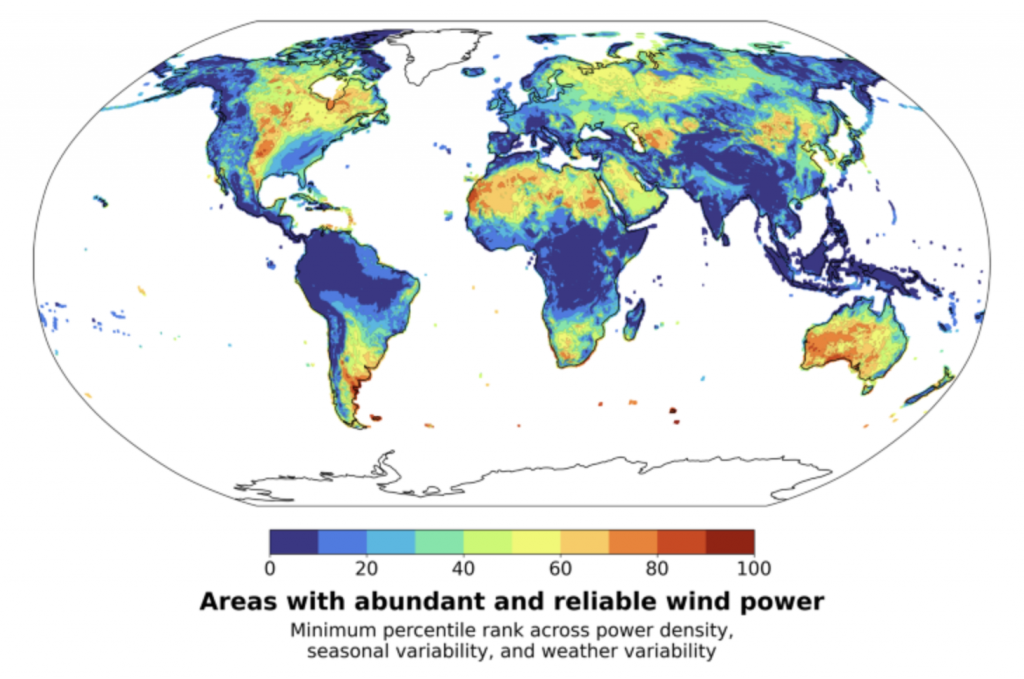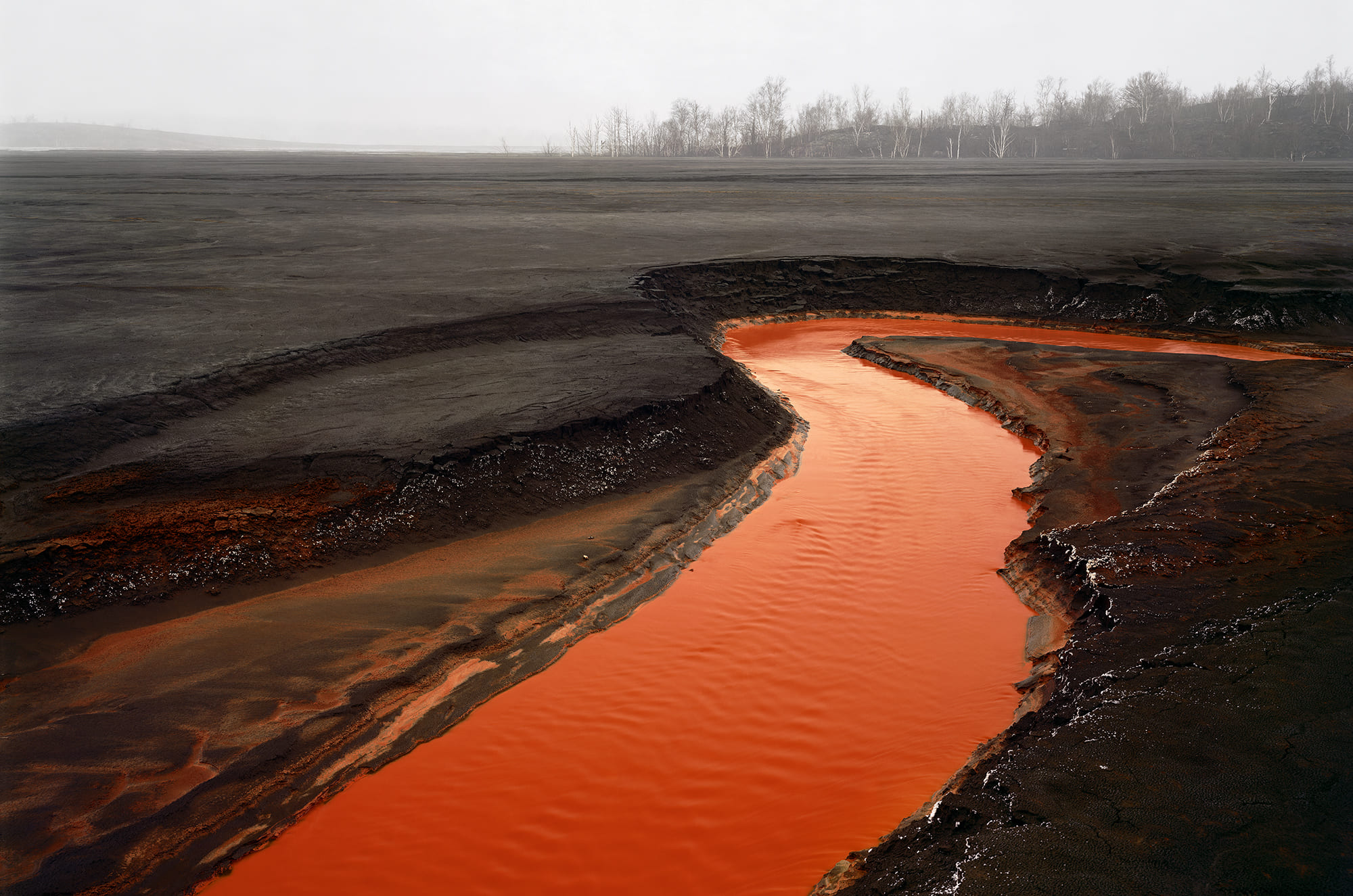Over the course of 2021 countries in Northern Europe experienced abnormally low wind intensity which led to wide ranging impacts on the industry. Companies operating in the area generated less power than previously forecasted, affecting both the profitability of their operations and the perceived reliability of wind energy in general. For example, British energy company SSE reported producing around 32% less renewable power between April and September due to a dry and low-wind summer, which was the least windy in the UK and Ireland in seventy years.
Although researchers were able to monitor and assess the impacts of wind speed anomalies on power generation, this unexpected variability in wind intensity revealed the need for more information on when and where wind droughts may occur.
Enrico Antonini, researcher at the RFF-CMCC European Institute on Economics and the Environment, is the lead author of a new study that looks to “identify what regions are most affected by these variabilities in wind and therefore where it is most convenient to install wind turbines.” The study, published in the journal Communications Earth & Environment, coined the use of the term wind droughts to describe those periods in which significantly reduced wind speeds occur in areas that are otherwise known for their strong winds.
As the share of global renewable power generation continues to increase, monitoring and predicting wind variability will become ever more important. “To have reliable energy you need a reliable system that is able to predict when and where there will be instances of variability and put in place adequate structures that can help deal with these,” says Antonini. “The more we turn to renewables the more this whole system becomes important and the issue of wind droughts really highlights the intermittent nature of wind energy and how to deal with it.”

What is the current and future role of wind energy generation?
Wind energy is one of the renewable energy sources on which we will increasingly need to rely on for the decarbonization of our energy systems. However, one of the disadvantages of this source of energy is its variability. Furthermore, the more we depend on wind the more we are exposed to its variability both on an annual but also seasonal timescale. This is an issue that is gaining more and more attention and which will increasingly inform how we plan and develop our future energy system and decide how we source the energy we need for our everyday uses.
In what ways does variability and intermittency manifest itself when it comes to wind energy?
In 2021 Europe experienced a phenomenon whereby there was a strong reduction in wind energy generated due to a lower than average annual mean wind speed for that given period. This caused widespread issues for a variety of companies operating in the North Sea area as they were no longer producing as much energy as they expected. We therefore decided to study the variability of wind and what we came to define as wind droughts.
We conducted a global analysis to identify what regions are most affected by these variabilities in wind and therefore where it is most convenient to install wind turbines. We studied both the seasonal variability, and therefore how much wind intensity changes between seasons, and the meteorological variability, which refers to how much it changes from year to year over the same period. By looking at these instances of variability we were able to establish what regions are more subject to variability and ones that have more stable wind.
By doing this we identified areas that experienced wind drought and we looked at the effect of multiple instances of wind drought in the same areas, as the combined effect can have a bigger impact on wind energy production. Our results show that the regions that are less subject to wind droughts are the American Midwest, parts of Australia, South America and the Sahara.
Has wind energy been developed in the places that are most suited for wind energy production?
According to the high potential areas we identified, Africa and parts of Asia are certainly underdeveloped in terms of wind energy potential. On the other hand there are areas such as Northern Europe that are over exploited as there is a high level of variability and are subject to instances of wind drought compared to other areas. That is not to say that wind in Northern Europe isn’t strong during much of the year, but its variability causes problems when it comes to integrating wind energy into our existing energy system.
Why is this variability an issue?
Imagine you have to supply energy to a hospital and you have to choose between solar, wind or a thermal power station, you would have to choose the latter even if it comes with the issue of high emissions as it will produce energy reliably. If you rely on energy sources that depend on the weather you are subject to variability and therefore you need stocking and storage systems such as batteries, hydrogen or other backup and reserve systems.
To have reliable energy you need a reliable system that is able to predict when there will be instances of variability and put in place adequate systems that can help deal with these. The more we turn to renewables the more this whole system becomes important.
The issue of wind droughts really highlights the intermittent nature of wind energy and how to deal with it.
How effectively can we predict and prepare for these wind droughts?
Long term predictions on things like wind droughts are not possible. But, what we can do is calculate the likelihood of them occurring. Weather forecasts are only effective for a couple of weeks in advance after which they are unreliable but a statistical probability of how often wind droughts occur is feasible and important.
What is the impact of climate change on wind droughts?
From a climactic perspective we didn’t find any noticeable variations in the chances of wind droughts occurring. From 1979 to 2022, over most parts of the world, we didn’t identify any significant changes in the trend of wind droughts which in some ways can be considered a positive thing. However, it also shows how important it is to study the probability of them occurring rather than looking at how they have changed over the years.
Once you know what regions are more subject to these instances of variability you then know that you have to implement alternative systems that can make up for this variability. One possible solution could be interconnection on a much larger scale, this can mitigate the impact of wind droughts as they don’t necessarily occur in different places at the same time.
In the measure by which wind energy isn’t adopted on a large scale in our energy system, then these phenomena are easily made up for with other energy sources such as hydroelectric or thermal power stations. The more we install wind power the greater these problems of variability will be. However, the more you have an interconnected energy system across larger areas the more you can counter the effect of individual wind droughts.
What factors need to be considered when building wind farms?
Well of course the first factor has to be how much wind there is and how variable it is, and then their vicinity to built up areas: connective infrastructure is expensive to build and the closer you are to populated areas the lower your costs
Is the innate variability of renewables such as wind a good argument against increasing our reliance on them as sources of energy?
All sources of energy have their advantages and disadvantages. Those that rely on weather and climate based factors have the disadvantage of being intermittent but they are renewable and they don’t generate harmful emissions.
 Enrico Antonini is a Junior Scientist at the RFF-CMCC European Institute on Economics and the Environment (EIEE), where he focuses on studying low-carbon energy technologies and their integration into future energy systems. At EIEE, he leads the energy system modeling division with the goal of identifying climate-resilient solutions for a carbon-neutral energy system. Part of the research for Antonini’s paper “ Identification of reliable locations for wind power generation through a global analysis of wind droughts” was conducted during his previous work at the Carnegie Institution for Science, Stanford.
Enrico Antonini is a Junior Scientist at the RFF-CMCC European Institute on Economics and the Environment (EIEE), where he focuses on studying low-carbon energy technologies and their integration into future energy systems. At EIEE, he leads the energy system modeling division with the goal of identifying climate-resilient solutions for a carbon-neutral energy system. Part of the research for Antonini’s paper “ Identification of reliable locations for wind power generation through a global analysis of wind droughts” was conducted during his previous work at the Carnegie Institution for Science, Stanford.





